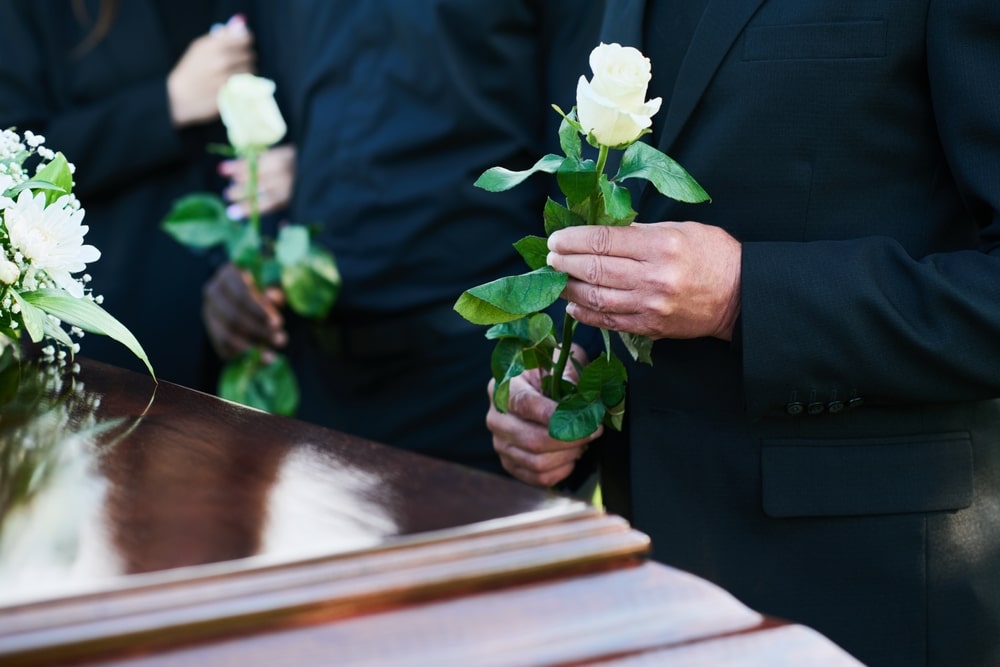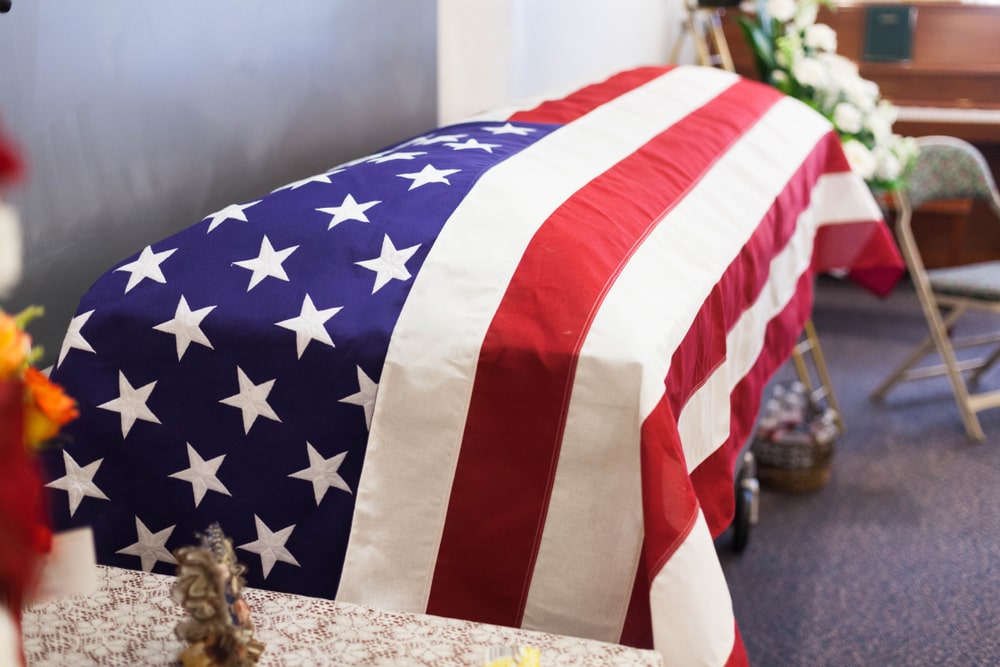
With the introduction of the internet, estate planning became a smidge more complicated than it used to be. Why? Because now we must take our digital (online) estate into account when creating an estate plan. However, there are ways to keep it simple! Today, let’s talk about Google accounts, the Inactive Account Manager, and how you can set up your Google accounts to be accessible when the unexpected happens.
What is the Inactive Account Manager?
The Inactive Account Manager allows you to give someone else access to your Google accounts if you become inactive. Generally speaking, if a Google account isn’t used for two years, then Google considers it inactive. At that time, Google will begin emailing you, and if there’s no response after a period of time, they will automatically delete your accounts.
However, if you set up “Trusted Contact(s)” (up to 10 people) through the Inactive Account Manager, they will get emails about your inactive account, have access to it, and can save any files, photos, videos, etc. that would otherwise be lost. During the set-up process, you will set permissions on what type of information each Trusted Contact can access.
What qualifies as a Google account?
Google is a big company, responsible for many types of accounts you may be familiar with. For example, do you have a Gmail email address? Do you have a YouTube account? Google Photos? Google Drive? There’s also Google Meet, Google Maps, or the Google Play Store. And this isn’t even the full list. So, if you use Google products, anything you have saved could be deleted should you become inactive.
What does Google consider “inactivity”?
There are many actions you can take to let Google know that you are still alive and active. These include:
- Reading or sending an email
- Using Google Drive
- Downloading an app
- Sharing a photo or downloading from Google Photos
- Watching a YouTube video
- Searching on Google
- Signing in to a Google account
As long as you complete an action like one of these, Google will consider you active. And your activity is tracked by account – not device. So, if you are active on your laptop one day and your phone the next, as long as both are signed into your Google account, it will be recorded as activity.
However, if you have more than one Google account, you’ll need to be active in each one individually to avoid inactivity alerts.
What if I’m inactive but not deceased?
Before emailing your Trusted Contact, Google will first attempt to contact you several times. If you are still alive and well, you can access your accounts to create some activity. Doing so will prevent any emails from being sent to your Trusted Contact(s). However, if there’s no response from you, Google will email your Trusted Contact(s).
What type of notification will my Trusted Contact(s) receive?
When you set up your Inactive Account Manager, you will be asked when you want Trusted Contact(s) to be notified. Google defaults to two years of inactivity, but you can choose a shorter time period, if you wish.
When that time period passes, your Trusted Contact(s) will receive an email notification. This email will contain a Subject Line and personal message written by you (during the set-up phase) as well as a footer explaining that Google is sending the email on your behalf. The email will also include a list of data that the Trusted Contact has access to view.
When your Trusted Contact(s) logs into your account, their identity will be verified before they are given access. And of course, let whomever you choose know that you have selected them as your Trusted Contact(s). This way, the email won’t be confusing to them or feel out of the blue.
What happens if I don’t set up an Inactive Account Manager?
First, Google will attempt to reach you by sending multiple emails to your Gmail address and to any recovery email you added when the account was created. If there’s no response from you, your Google accounts will be deleted, and any files will be lost. If that’s your preference, then there’s no need to set up an Inactive Account Manager.
However, if you’d like your family to have time to download any files, photos, or videos before they are deleted, then you might consider setting up an Inactive Account Manager. Or, on the flip side, if your family would like access to your files (even if you don’t care), it can be a big hassle for them to try to request access after your death. By being proactive about giving them access, you save a lot of time and headaches.
Why does Google delete old accounts?
It’s mostly for security reasons. Older accounts are more likely to become compromised, making them susceptible to spam or malicious intent. To prevent misuse, Google monitors activity and deletes inactive accounts.
How do I set up an Inactive Account Manager?
When you create a Google account, the Inactive Account Manager function is dormant. You must set it up manually. This way you have control over who accesses your data if you become incapacitated or pass away.
To set up your Google Inactive Account Manager, get on one of your electronic devices (phone, tablet, laptop) and click https://myaccount.google.com/inactive. Google will prompt you to sign in (if you aren’t already) and will walk you through the set-up process.
During the set-up process, you can expect to:
- Choose an inactive period (instead of Google’s default of two years, you can choose a shorter timeframe to be contacted about inactivity)
- Add relevant details, like your phone number, email address, and recovery email address
- Add the name, email address, and phone number of your Trusted Contacts (up to 10 people; they do not have to have a Google email address)
- Select which services each Trusted Contact has access to (you control what they can see)
- Write out your custom auto-reply message (your Trusted Contacts will receive this message if your account becomes inactive)
- Review and confirm your preferences
In the future, if you decide you’d no longer like to use the Inactive Account Manager and would prefer that Google just delete your account, you can go to the Inactive Account Manager page again and select “Turn off my plan” under the “Manage your plan” section. There’s also an “Edit” section if you want to update your auto-reply email or change your Trusted Contacts.
I’ve set up my Inactive Account Manager – what’s next?
Now, as with any part of your estate plan, it’s time to write down what you’ve done and update things when needed. Circumstances and relationships are constantly changing, so whether it’s your legal will, your beneficiaries, or your Inactive Account Manager, visit your selections every few years to make sure you still agree with your previous choices.
Additional Estate Planning Resources
In addition to looking after your Google accounts, you most likely have other online accounts that should be considered when setting up an estate plan. To help you through the process, here are a few additional resources you may find beneficial.




























































